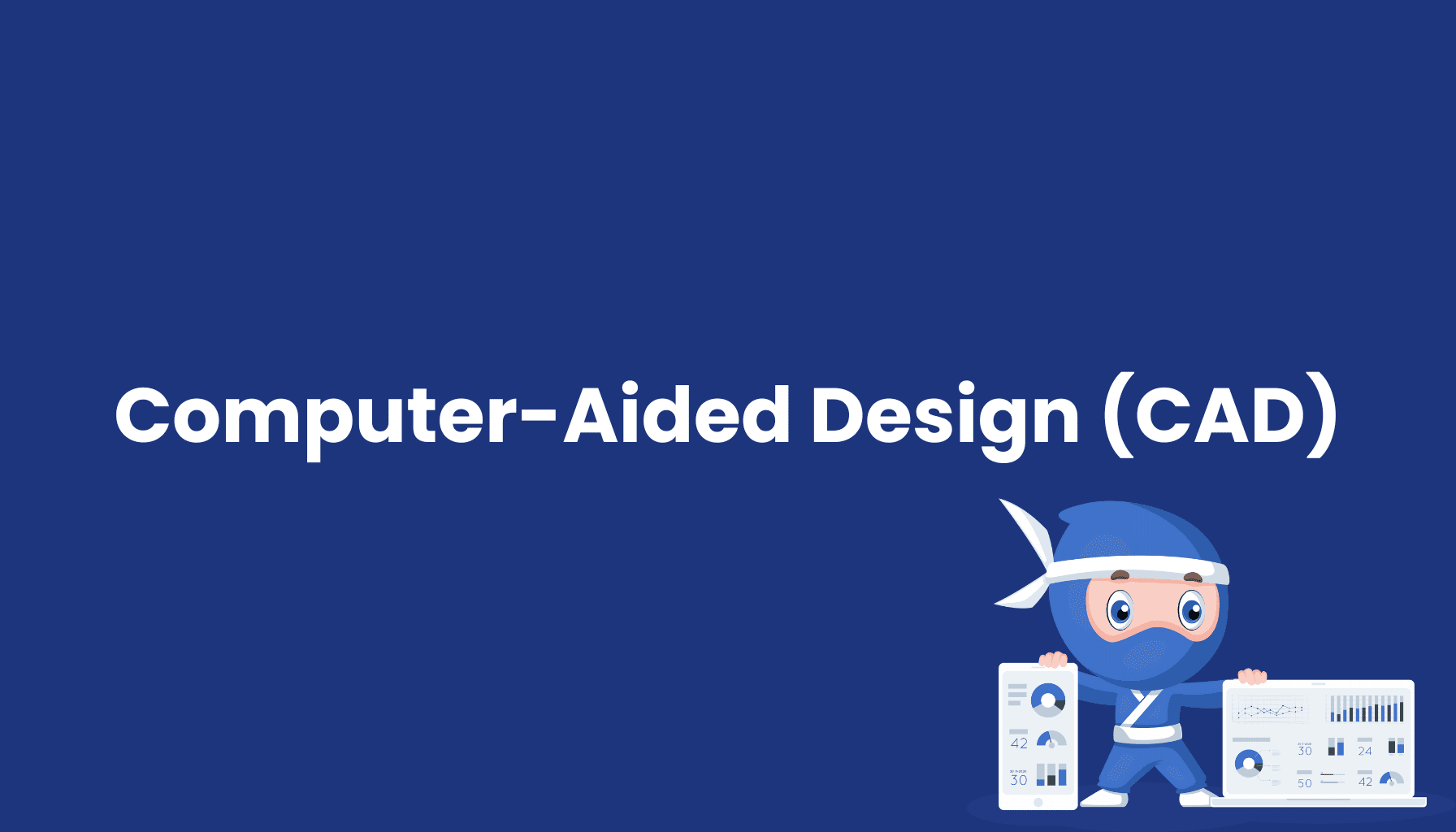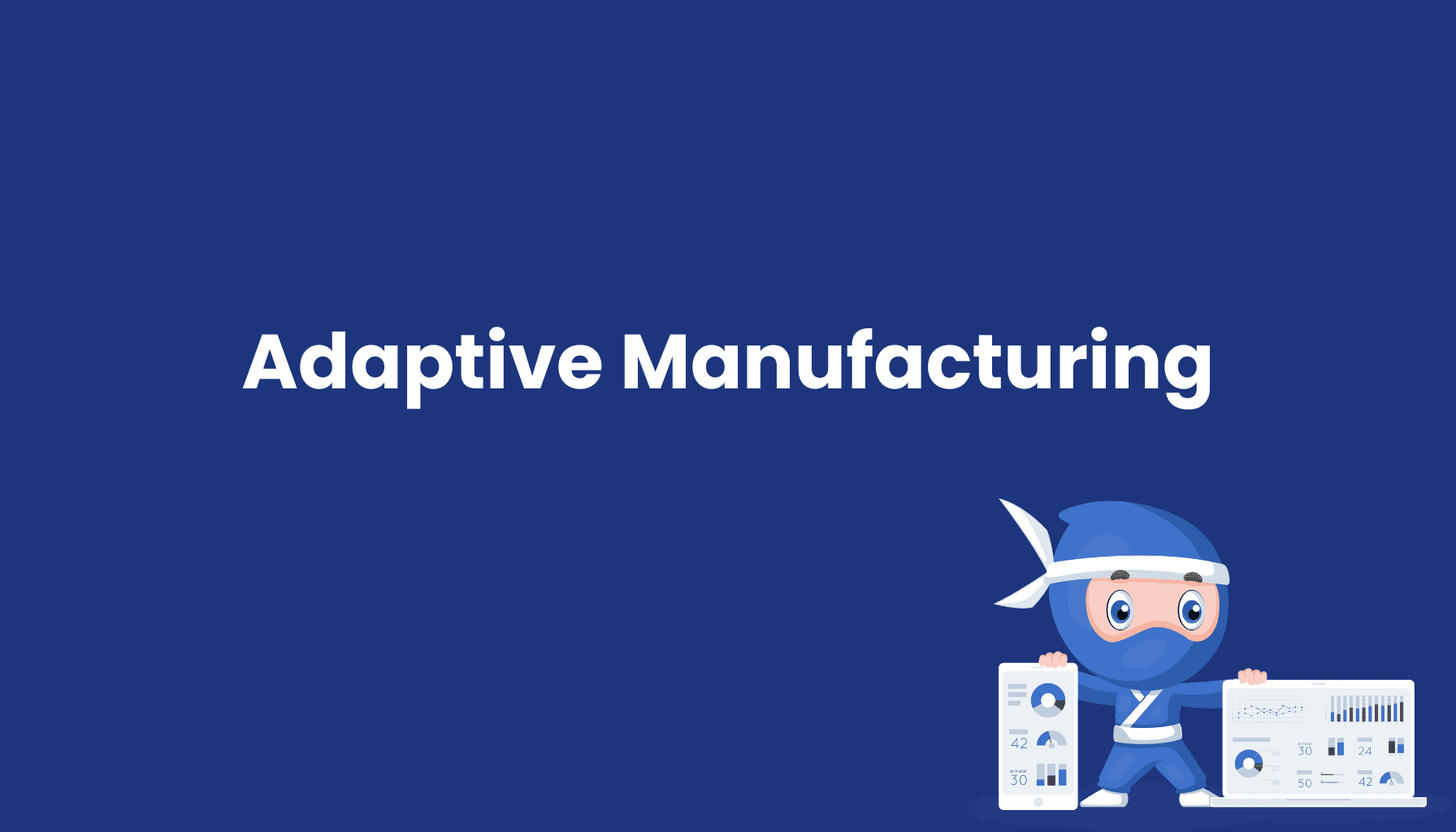Computer-Aided Design (CAD)

What is Computer-Aided Design (CAD)?
Computer-Aided Design (CAD) is a technology that enables engineers, architects, and designers to create digital models and designs for products, buildings, and machinery. CAD software provides a wide range of tools for precise drawings, 3D modeling, and real-time simulation. These tools enhance design accuracy and streamline the design process by enabling complex calculations and analyses.
Benefits of CAD
- Precision: CAD allows for accurate measurements and details, reducing design errors and improving product quality.
- Efficiency: Digital design speeds up the design process and accelerates product development.
- Simulation and Analysis: CAD software simulates physical properties such as strength, motion, and thermal behavior, identifying potential issues before production.
- Integration with Emerging Technologies: CAD is often combined with technologies such as 3D printing, virtual reality (VR), and augmented reality (AR) to enhance prototyping and product testing, speeding up time-to-market and reducing costs.
Application in Manufacturing
In manufacturing, CAD is critical in prototyping, process optimization, and creating detailed blueprints. It helps minimize production errors and maximize product quality by identifying potential weaknesses during the design phase.
CAD systems also facilitate collaboration between teams by enabling real-time sharing and editing of digital models, ensuring consistent execution from design to production.
Connection to OEE and Production Optimization
Using CAD software improves the efficiency of production processes and machinery, contributing to better Overall Equipment Effectiveness (OEE). Early identification of design flaws reduces downtime and rework, leading to higher overall productivity.





